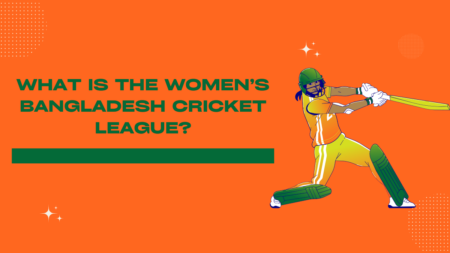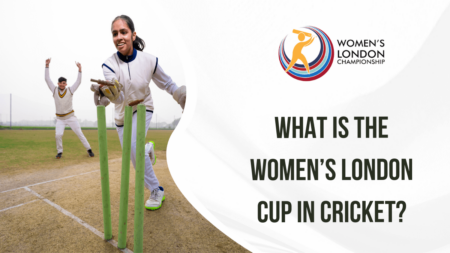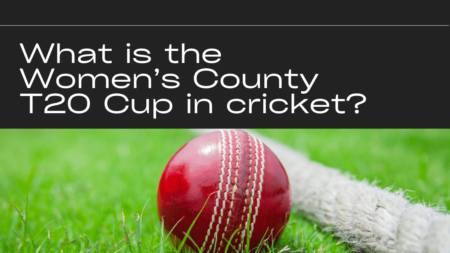In tennis, there are three standard ways to end a point: winner, forced error and unforced error. Out of these three, a winner stands out as the most easiest to understand. When a player hits a shot that is beyond the reach of the opponent such that the return becomes impossible, then he/she is said to have hit a winner.
The two statistical tennis terms in which people often get confused between are forced and an unforced errors.

In most of the tennis tournaments, the term unforced error is very commonly discussed by the analysts. It is also a common sight in the statistics box at the end of a match. Though UE finds its place in the stats box, not much is commented or talked upon regarding forced errors. So what is the difference between forced and unforced errors and why is it sometimes difficult to determine whether the error is forced or unforced? What are these errors exactly?
Unforced errors
Unforced errors are the errors committed by the player’s own mistakes that causes him to lose a point. These mistakes can be hitting the ball with poor timing, netting the ball, hitting the ball outside the court limits, etc. Double faults are considered as unforced errors.
Forced errors
Forced errors on the other hand are mistakes that a player commits when he is unable to return a ball that the opponent has hit so efficiently and effectively that it “forces” the player to commit an error on the return. Example: Player 1 serves from the deuce court and fires it down the T and Player 2 manages to get the frame of the racquet on the ball but is unable to return it, then its a forced error. Basically, a forced error is a winner which can be touched.
What is the confusion then?
Controversy lies within the terminology of an unforced error. Many times a player does reach for the ball and also might time it properly. But in the process, he may as well find the ball get netted. This will then become a debatable issue as:
– Since the ball was netted by the player’s shot it would be an unforced error.
– Since the opponent hit a shot very effectively, the player was unable to return it and hence it would be a forced error.
Does perception play a role in differentiating between the two errors?
Yes it does! Many times when a player is playing against a higher ranked opponent, he/she might be pressurised from the first point of the match itself considering the mind games, history and obviously the rankings. In such cases the lower ranked opponent may INTENTIONALLY try to hit low and flat shots with some added pace, try to hit drop shots more often and take some extra risks. The player might as well miss out on a lot of occasions due to their opponent’s better game play. In such a situation both the terminologies of forced and unforced error are ascertained.
Consider a player ranked 100 is rallying against a player ranked 5. The higher ranked player hits a forehand from behind the baseline. Now the lower ranked player assesses that the No.5 is far from the baseline and hence he will vouch for a drop shot. He times it well, but nets it. In this case:
– An unforced error can be considered since the player netted the ball even though the fact that he timed the ball correctly is against the definition of UE.
– A forced error can be considered since the lower ranked player’s inability to return the ball to the other side of the court was due to the opponent’s seemingly unreturnable forehand.
While the definitions of forced and unforced errors are still controversial, the two terms agree upon one simple quote: “Don’t beat yourself. Avoid errors.”




